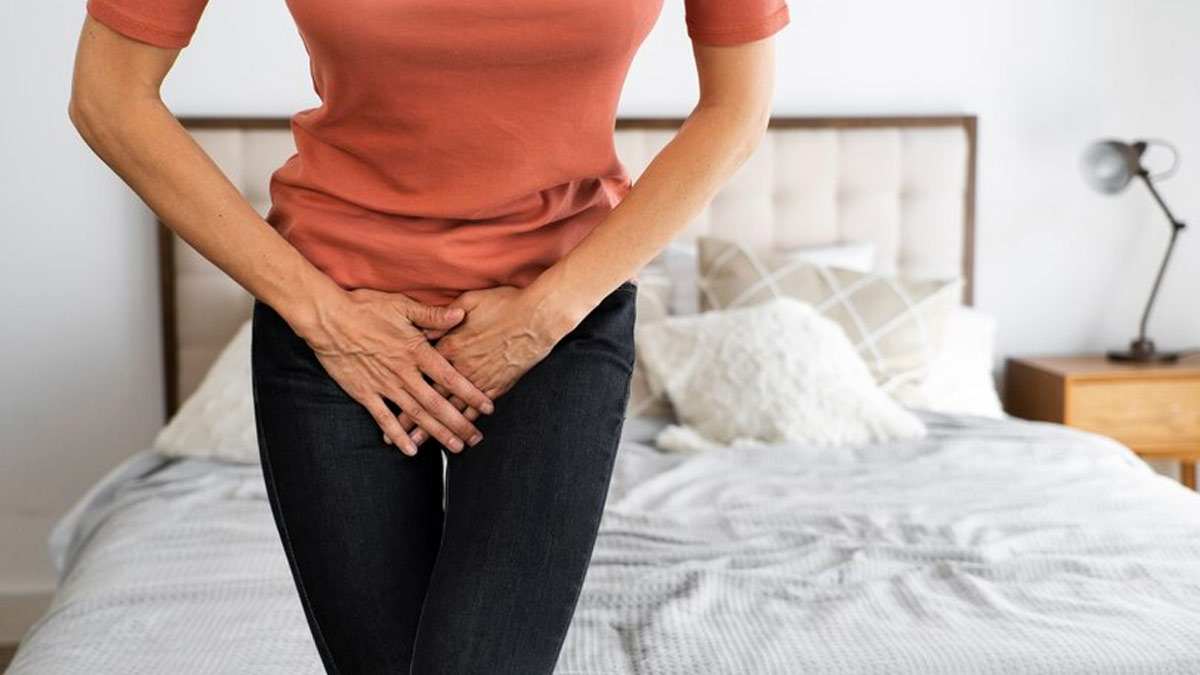
Are you frequently experiencing discomfort in your lower abdomen or pain during and after urination? If so, you might be dealing with a condition known as Interstitial Cystitis or Bladder Pain Syndrome (IC/BPS). This chronic condition can significantly disrupt your daily life, causing persistent pelvic pain and sexual intimacy issues. We spoke to our expert Dr Sarika Pandya, Consultant Urologist, Asian Institute of Nephrology and Urology, Hyderabad, who explained this condition and listed its symptoms, causes, and treatment measures.
Table of Content:-
What is Interstitial Cystitis?
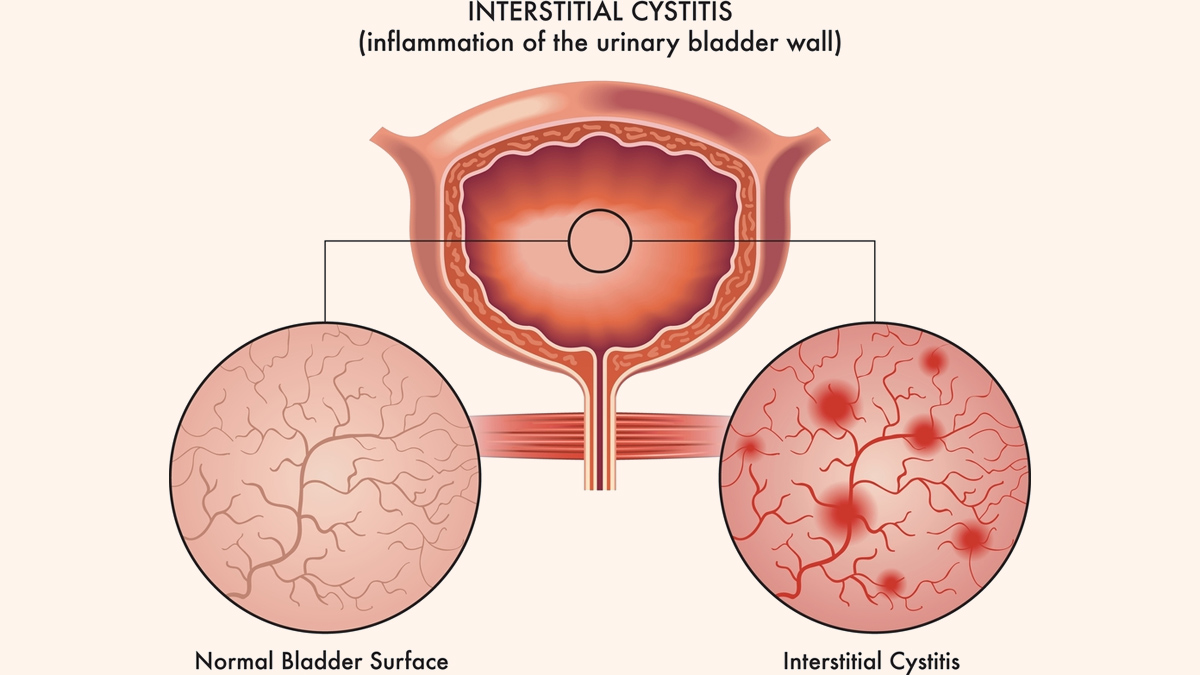
“Interstitial Cystitis, currently referred to as Bladder Pain Syndrome (IC/BPS), involves enduring pain, pressure, or discomfort in the bladder area (suprapubic region). In addition, it causes a frequent need to urinate (frequency) and sudden urges to urinate (urgency) for at least six weeks,” said Dr Pandya.
According to the National Kidney Foundation (NKF), IC is a condition where the bladder, which holds urine before it exits the body, becomes unusually sensitive, with no identifiable causes like infection. While IC is more common in women, it can also affect men and children. It is estimated that between 7,00,000 and 1 million Americans are currently living with this condition.
Also Read: Blood Clots In Urine: Expert Lists Its Causes, Complications, And The Danger Signs
Symptoms Of Interstitial Cystitis
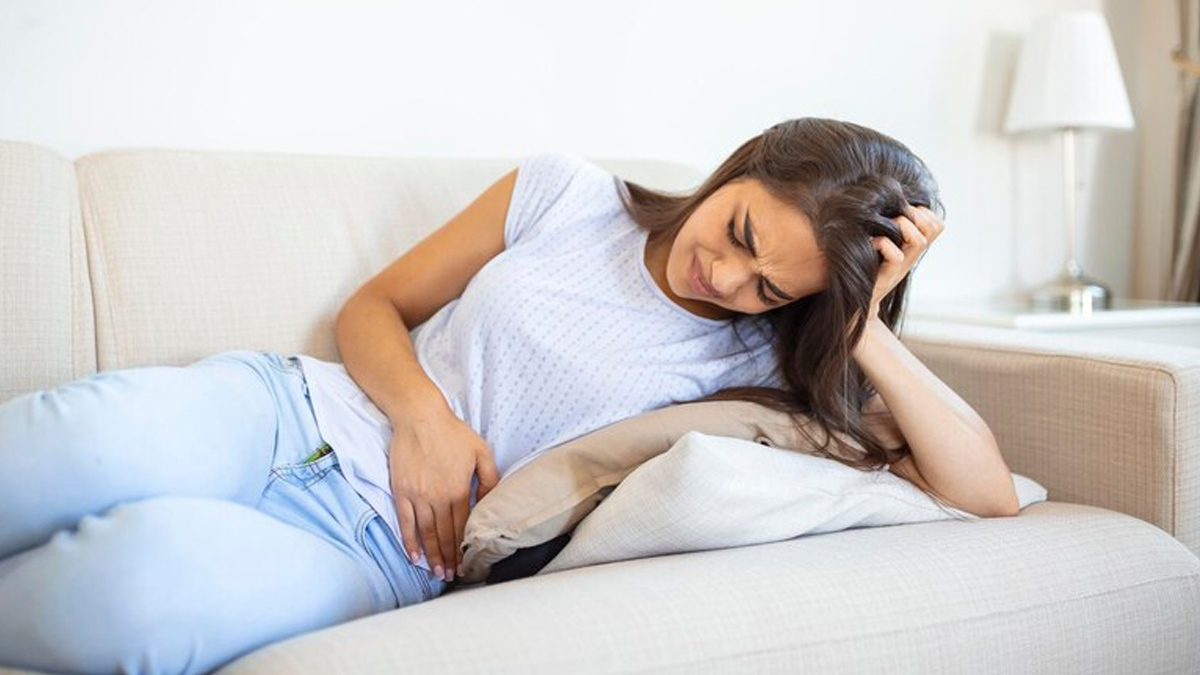
- Women may experience pelvic pain or pain between their vagina and anus
- Men experience pain between the scrotum and anus (perineum)
- Chronic pelvic pain
- A persistent, urgent need to urinate
- Frequent urination, often in small quantities, throughout the day and night—up to 60 times a day
- Pain during the bladder's filling process and relief upon urination
- Pain during sex
Causes Of Interstitial Cystitis
The exact cause of IC is not known, but many factors likely contribute. “For instance, people with IC may also have a defect in the protective lining (epithelium) of the bladder. Urine toxins may irritate your bladder wall if there is an epithelial leak. Other possible but unproven contributing factors include an autoimmune reaction, heredity, infection or allergy,” added Dr Pandya.
Also Read: Is It Safe To Have Sex With A Urinary Tract Infection? Expert Explains Preventive Measures
Treatment For Interstitial Cystitis
No single treatment completely eliminates the signs and symptoms of IC, and not all treatments work for everyone. You may need to try different treatments or combinations before finding relief for your symptoms. Here are some expert-recommended measures to follow:
Physical therapy

Working with a physical therapist can help alleviate pelvic pain caused by muscle tenderness, tight connective tissue, or muscle imbalances in the pelvic floor.
Oral Medications
- Nonsteroidal anti-inflammatory drugs to relieve pain.
- Tricyclic antidepressants, including imipramine or amitriptyline, aid in bladder relaxation and pain blocking.
- Antihistamines, such as loratadine, may reduce urinary urgency and frequency and relieve other symptoms.
- Pentosan polysulfate sodium is approved by the Food and Drug Administration specifically for treating interstitial cystitis. It may help restore the bladder’s inner surface, which shields the bladder wall from irritating substances in urine. Relief from pain might begin in 2-4 months, while a reduction in urinary frequency could take up to six months.
Nerve Stimulation
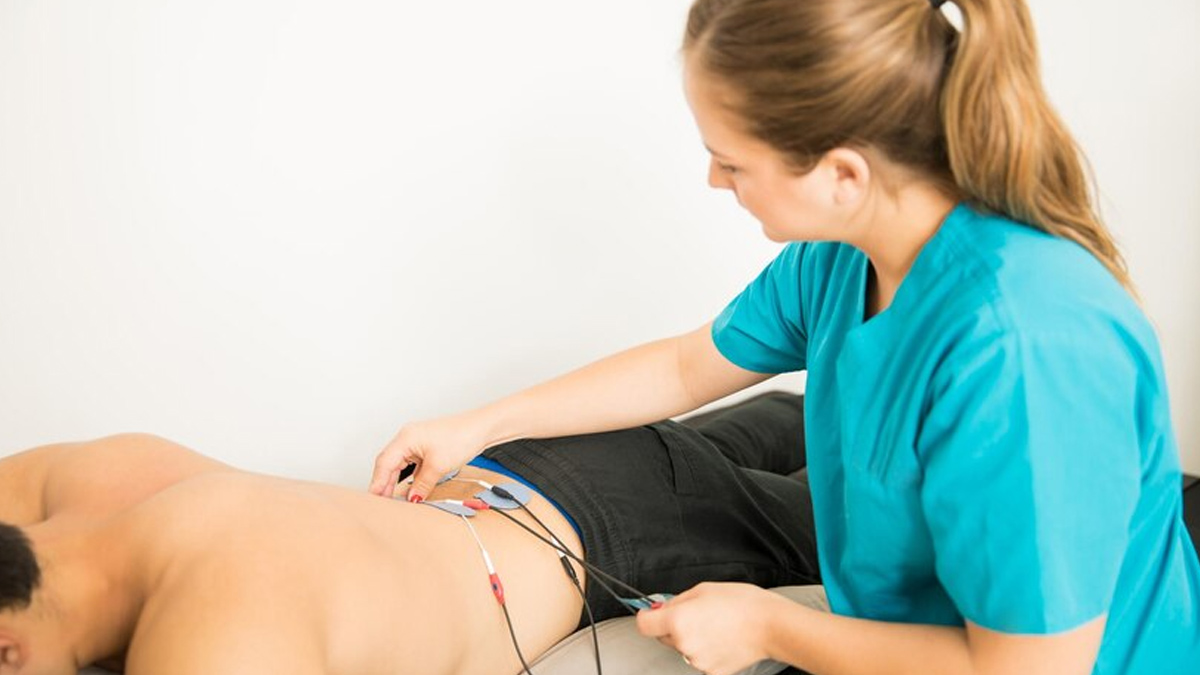
Nerve stimulation techniques include:
- Transcutaneous electrical nerve stimulation (TENS): TENS uses mild electrical pulses to alleviate pelvic pain and, in some cases, decrease urinary frequency. It may also boost blood flow to the bladder, which can help strengthen the muscles that control it and stimulate the release of substances that block pain.
- Sacral nerve stimulation: Your sacral nerves act as a key connection between the spinal cord and the bladder. Stimulating these nerves can help lessen the urinary urgency often experienced with interstitial cystitis.
Bladder Distention
- Some people may experience temporary relief from symptoms following a cystoscopy with bladder distention, which involves stretching the bladder with water.
- Botulinum toxin A (Botox) may be injected into the bladder wall during bladder distention.
Surgery
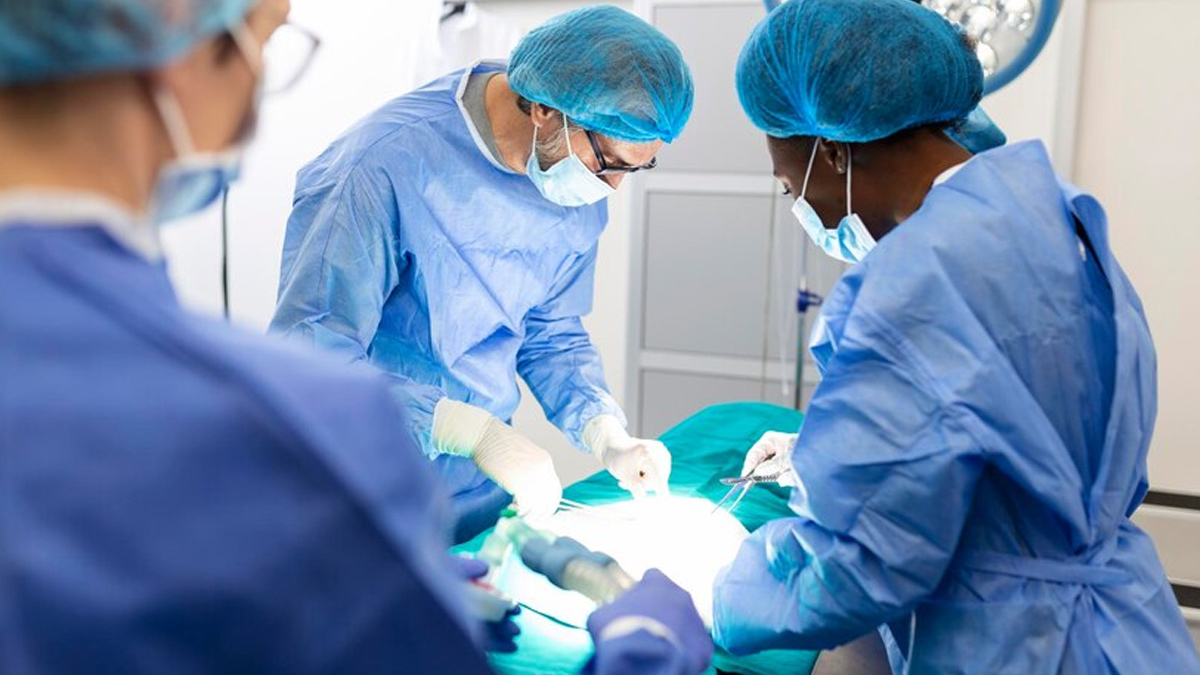
Doctors rarely use surgery to treat interstitial cystitis because removing the bladder doesn't relieve pain and can lead to other complications. People with severe pain or those whose bladders can hold only small volumes of urine are possible candidates for surgery, but usually only after other treatments fail and symptoms affect quality of life. Surgical options include:
- Fulguration: This minimally invasive method involves the insertion of instruments through the urethra to burn off ulcers that may be present with interstitial cystitis.
- Resection: This is another minimally invasive technique that uses instruments inserted through the urethra to remove or trim around any ulcers.
- Bladder augmentation: In this procedure, a surgeon enhances the bladder's capacity by attaching a piece of intestine to it. While it does not completely eliminate pain, some individuals may need to use a catheter frequently to empty their bladder.
[Disclaimer: This article contains information provided by an expert and is for informational purposes only. Hence, we advise you to consult your own professional if you are dealing with any health issues to avoid complications.]
Also watch this video
How we keep this article up to date:
We work with experts and keep a close eye on the latest in health and wellness. Whenever there is a new research or helpful information, we update our articles with accurate and useful advice.
Current Version